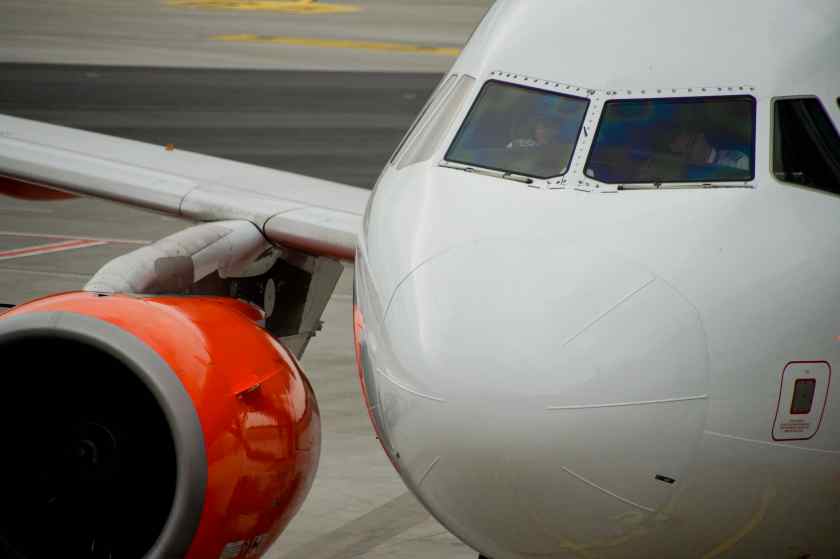Turbulence Rising On Flights from Miami To Raleigh-Durham As Summer Storms Shake Up Air Travel
Thursday, July 3, 2025

The skies between Miami and Raleigh-Durham may look calm, but the air is anything but. In a recent incident that rattled nerves and sent five passengers to the hospital, an American Airlines flight encountered severe turbulence mid-flight—an unsettling reminder that turbulence is not just a fleeting jolt, but an increasingly serious concern in modern air travel.
With summer travel heating up, many Americans are looking forward to vacations and reunions, but turbulence patterns—especially those tied to storm activity and climate change—are evolving fast. As flights crisscross the Eastern Seaboard and beyond, experts and regulators alike are urging passengers to buckle up, literally and figuratively.
According to the Federal Aviation Administration (FAA) and National Weather Service (NWS), turbulence is one of the most common causes of in-flight injuries, and it’s only getting worse. As atmospheric dynamics shift and storms grow in intensity and unpredictability, clear skies can no longer guarantee smooth sailing.
There are three main types of turbulence passengers might encounter: mountain wave, convective, and clear air turbulence (CAT). Each has its own seasonal rhythm and risk profile.
Mountain wave turbulence occurs when strong winds hit mountainous terrain and are pushed upward. While more common over regions like the Rockies, it’s relevant on longer transcontinental routes.
Convective turbulence, more frequent in summer, is caused by rising warm air, often associated with thunderstorms and heat-induced weather patterns.
Clear air turbulence, the most dangerous and least predictable, typically peaks during winter months but is present year-round, and is growing in severity.
Aviation meteorology experts at the National Oceanic and Atmospheric Administration (NOAA) confirm that clear air turbulence is difficult to detect, as it occurs without visual cues like storm clouds. This makes real-time pilot reports (PIREPs) and advanced radar systems crucial for navigation and safety.
In fact, according to the FAA’s Aviation Weather Center, turbulence reports have become more frequent in recent decades, especially on high-altitude commercial routes over the continental U.S. As weather systems shift due to long-term climatic changes, the jet stream—the high-speed air current pilots rely on—has become more erratic.
Though many associate winter storms with rough skies, summer brings its brand of turbulence, especially in the form of convective systems. These build up during the heat of the day and are most intense in the afternoon and early evening, when many travelers are airborne.
FAA guidance advises pilots to maintain a distance of at least 20 miles from storm systems, but even that may not be enough. Some research supported by the National Transportation Safety Board (NTSB) shows that turbulence from convective storms can extend well beyond the visible storm front.
Paul Williams, a noted atmospheric scientist and turbulence researcher, has emphasized that the frequency of severe turbulence events—particularly clear air turbulence—has risen sharply since the late 20th century. His findings align with satellite data collected since 1979 and are corroborated by trends in Aviation Weather Center incident logs.
The most important precaution a passenger can take? Stay buckled.
According to the FAA, the majority of turbulence-related injuries occur when passengers are not wearing seatbelts. Even if the sign is off, experts recommend remaining buckled at all times you’re seated, as sudden turbulence can strike without warning.
Flight attendants are often injured during turbulence because their roles require mobility. The FAA’s annual safety briefings consistently urge travelers to heed crew instructions, avoid standing during flight unless necessary, and stow baggage securely.
When it comes to booking flights, experts suggest a few tips:
Fly early in the day: Morning flights are less likely to encounter convection-related turbulence.
Check the forecast: Use resources like aviationweather.gov to get an idea of conditions before takeoff.
Avoid window seats if turbulence makes you anxious—sitting over the wing may also help reduce motion perception.
Flying from Miami to Raleigh-Durham or anywhere across the U.S. this summer might still be as convenient as ever, but it’s also a different experience than it was even a decade ago. As climate variability continues to influence flight conditions, passengers and pilots alike must adapt to this new atmospheric reality.
The good news? Commercial aviation remains incredibly safe. Agencies like the FAA, NOAA, and NTSB are investing in better forecasting tools, real-time data sharing, and enhanced training for pilots. And with passengers staying aware and buckled in, the risk from turbulence can be significantly reduced.
So before you board your next flight from Florida’s coast to North Carolina’s heartland, take a moment to adjust your seatbelt, breathe easy, and remember—you may not control the skies, but you can fly smarter.
(Source: Federal Aviation Administration (FAA), National Weather Service (NWS), National Oceanic and Atmospheric Administration (NOAA), National Transportation Safety Board (NTSB), Aviation Weather Center (aviationweather.gov))
«Enjoyed this post? Never miss out on future posts by following us»
Tags: airplane turbulence increase, clear air turbulence, East Coast, FAA travel safety guidance, FAA turbulence safety tips, flight turbulence summer 2025, florida, how to stay safe in turbulence, Miami, Miami to Raleigh-Durham flights, north america, north carolina, Raleigh-Durham, Southeastern United States, storm turbulence summer flights, United States, usa






